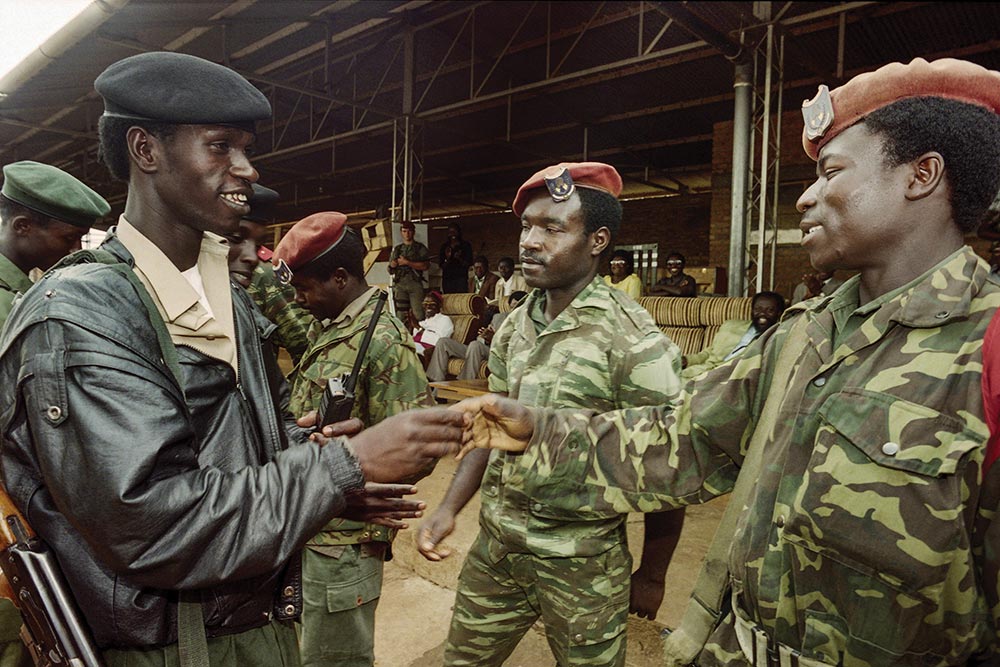Hutu and Tutsi tribes in Rwanda
The Hutu and Tutsi populations rule Rwanda in Africa and were responsible for the Rwandan genocide. The Tutsis are a nomadic population thought to have migrated to the Great Lakes region 400 years ago, whereas the Hutus were agriculturalists who settled in the area between 500-1000 BC from Chad.
Following numerous years of coexisting peacefully. The Tutsis began to assert dominance over the Hutu population, with the majority possessing greater money than the Hutus. Subsequently, during the Belgian colonial administration in Rwanda, both Hutus and Tutsis were required to carry identity cards indicating their respective ethnic affiliations.
Prior to Belgian colonial administration, the two tribes coexisted under the divine authority of the Tutsi king, spoke the same language, intermarried, and maintained harmonious relations. Prior to German colonization, Rwanda and Burundi were referred to as Ruanda-Urundi. Following the departure of the Germans, the two states of Rwanda and Burundi arose, experiencing intense conflicts between the tribes from 1962 to 1994, culminating in the genocides.

The colonialists divided the two tribes by granting the Tutsis superior education and colonial authority. The issue arose when Rwanda attained independence, leading the Hutus to exploit the minority Tutsis, resulting in the massacre of thousands and the exile of the remainder to neighboring countries.
The assassination of Hutu President Juvenal Habyarimana, via the shooting down of his aircraft near Kigali International Airport, resulted in the death of the Hutu President of Burundi. The perpetrator of the plane attack remains unidentified; nonetheless, the Hutus accused the Tutsis, which led to widespread massacre, including the rape and murder of women.
The Rwandan Tutsis subsequently established a political party in Uganda called the Rwandan Patriotic Front and orchestrated assaults against the Hutu-led Rwandan government at that time. The assassination of the presidential aircraft resulting in the president’s demise. The government initiated a genocidal campaign targeting the Tutsis.
The campaign persisted for around 100 days with the objective of exterminating the Tutsi population in Rwanda. The killings were facilitated by national identity cards, resulting in widespread atrocities, with over 800,000 fatalities occurring through the use of firearms, machetes, pangas, and other weapons.
Following the genocide, some Hutus sought refuge in neighboring countries, apprehensive of retribution from the Tutsis who had assumed control of the nation.
Currently, Rwanda enjoys peace, with the two tribes coexisting in significant concord; it is even forbidden to distinguish between the two tribes, and public discourse regarding Hutu or Tutsi identity is outlawed.
